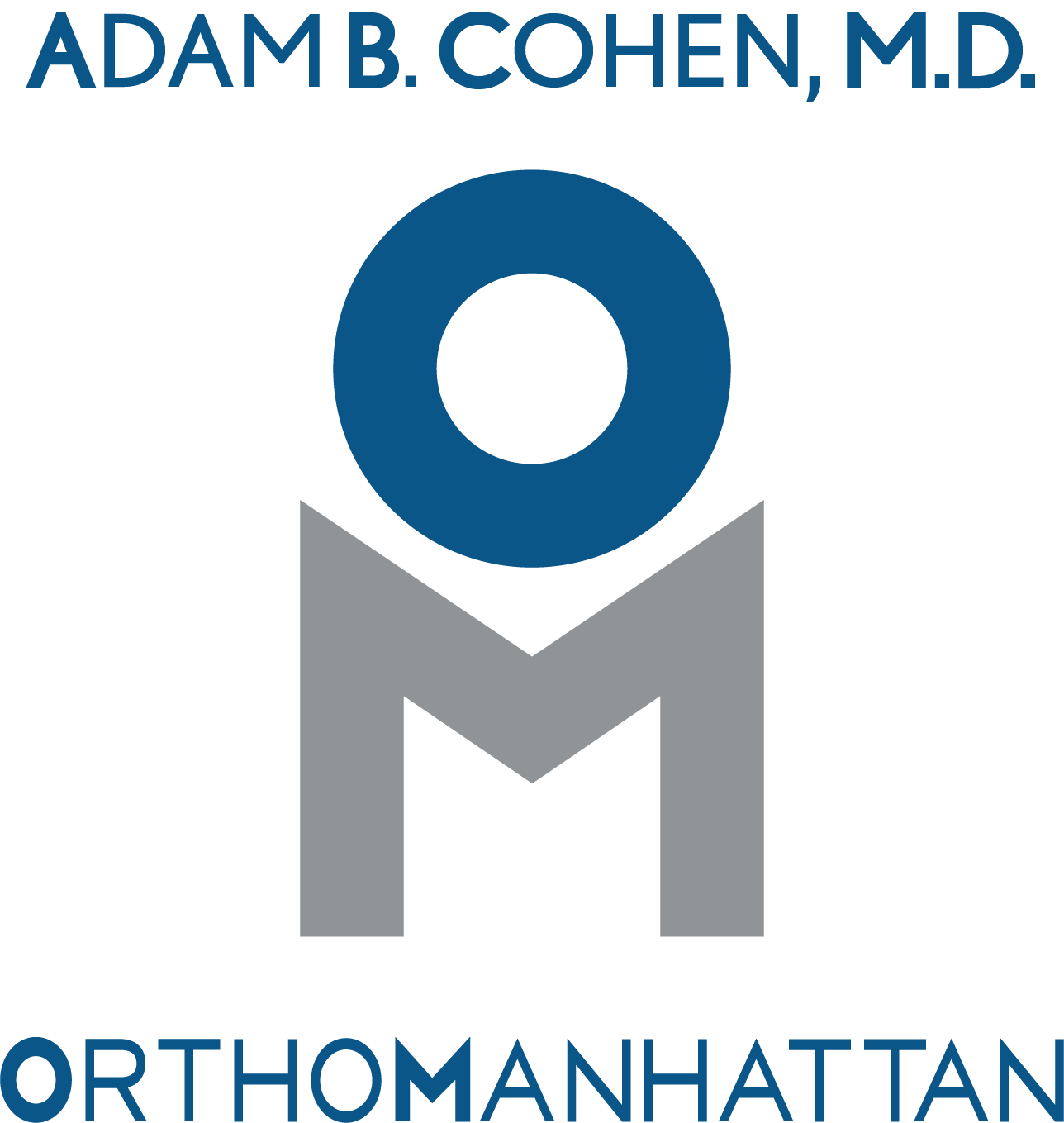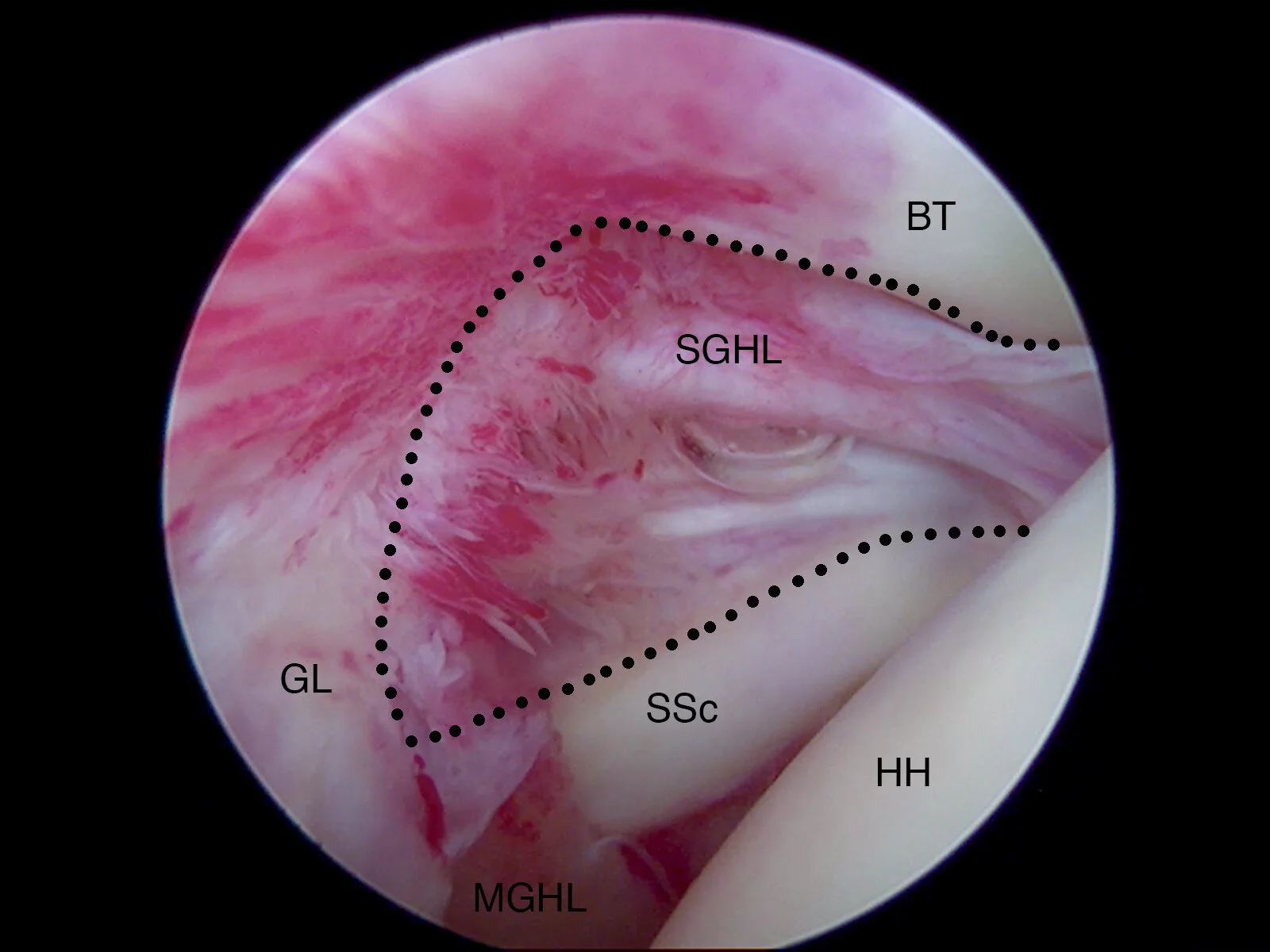Home > Shoulder > Frozen Shoulder
Overview
Anatomy of the Shoulder
The humerus (upper arm bone), the scapula (shoulder blade) and the clavicle (collar bone) join together at the upper part of the arm to form the shoulder joint.
The ball is held in the socket by strong connective tissue and ligaments called the capsule.
What is Frozen Shoulder?
Frozen shoulder, also called adhesive capsulitis, is a condition that develops when the shoulder capsule becomes inflamed and thickened. It is characterized by pain and stiffness of the shoulder.
What Causes Frozen Shoulder?
For most cases, the cause of frozen shoulder is unknown. It more commonly affects those between the ages of 40-60. It affects women than men.
Frozen shoulder can also develop after an injury, even a small injury. It can develop after surgery or after the shoulder has been immobilized for an extended period of time.
Frozen shoulder is also associated with some medical conditions including diabetes and thyroid disease.
Normal shoulder viewed from inside
Shoulder with adhesive capsulitis viewed from inside.
Evaluation
Proper evaluation of frozen shoulder will include taking a full history, performing a careful examination and ordering standard radiographs.
Radiographs are obtained to determine if the underlying cause of the stiffness is arthritis and not frozen shoulder.
In general, there are three phases of frozen shoulder - freezing phase, frozen phase and thawing phase. Treatment will often depend on the stage of the disease process.
Stage 1: Freezing
The first phase of frozen shoulder, called the freezing phase is very painful. During this time, which may last from weeks to months, the shoulder progressively stiffens and can be quite painful.
Stage 2: Frozen
Pain tends to improve during the frozen phase but the loss of motion persists. Activities of daily living during this time continues to be difficult, including dressing and grooming. Most have difficulty sleeping.
Stage 3: Thawing
During the “thawing” phase, motion of the shoulder will improve. This process can be quite frustrating as it can take anywhere from 6 months to 3 years to fully improve.
Treatment
Nonoperative Treatment
Nonsurgical treatment for frozen shoulder includes physical therapy and sometimes corticosteroid injections. Corticosteroid injections work better in the earlier stages of frozen shoulder. Steroids will help to reduce inflammation and allow for more effective physical therapy.
Operative Treatment
Operative intervention is recommended when physical therapy and/or corticosteroid injections fail to relieve the stiffness. Several months of nonoperative treatment should be tried before surgery is recommended.
Surgery involves removing the adhesions and releasing the thickened capsule until motion of the shoulder attained.





